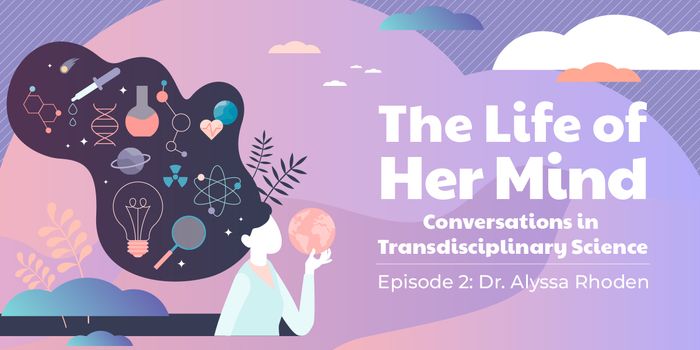Laptop or Pen? Note Taking and Memory
In the olden days, like, 25 years ago, everyone who needed to take notes in a class pulled out a notebook and a pen or pencil and got to work. Now according to LaptopCircle, almost no one takes notes on paper like that. The norm at college campuses is to take notes on a laptop; indeed there are even some online apps to make the notes neater and more organized. The problem is how the brain works when trying to learn information. When a student is taking notes by hand, with paper and pen, they have to hear the class lecture, understand it, at least minimally and then transcribe the contents onto the paper. That's a lot of brain activity.
Taking notes on a laptop doesn't involve that much cognitive action. Most notes taken on a computer and verbatim. The student is just trying to capture what is said and get it down. The brain is busy with finding the correct keys on the computer, and perhaps a little social media multitasking as well, peeking at Facebook or Twitter. One study showed that when typing notes on a laptop, performance on a test was not as good as when the notes were taken by hand on paper. This is due to the encoding hypothesis and the storage hypothesis. Encoding is hearing information and being able to conceptually think about what it means beyond just copying down the words that heard. External storage is either the paper or the computer on which the notes are stored. While some might think verbatim would be better, to get notes down in the time allowed, taking them by hand means the brain is conceptualizing and summarizing the material and that is a big part of learning.









